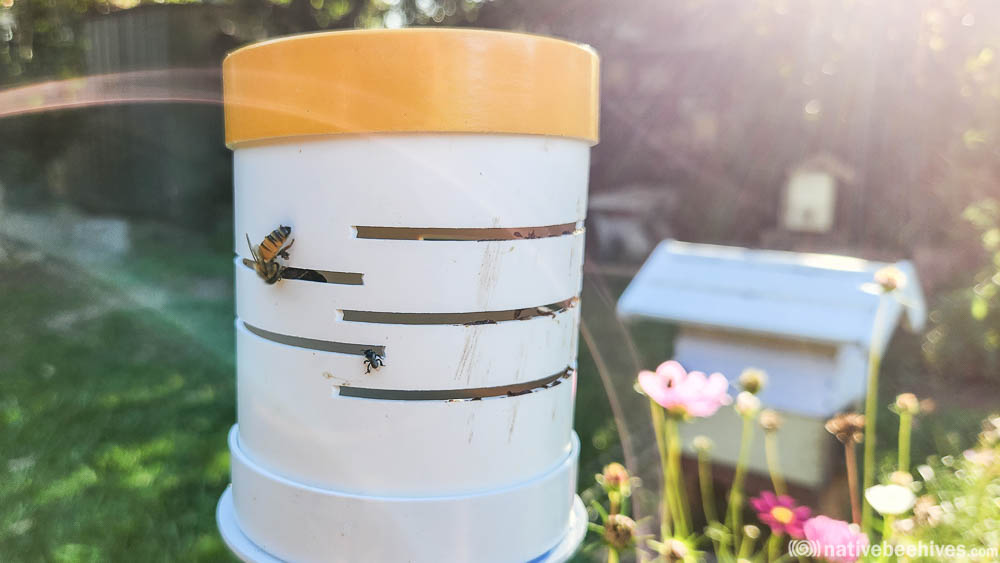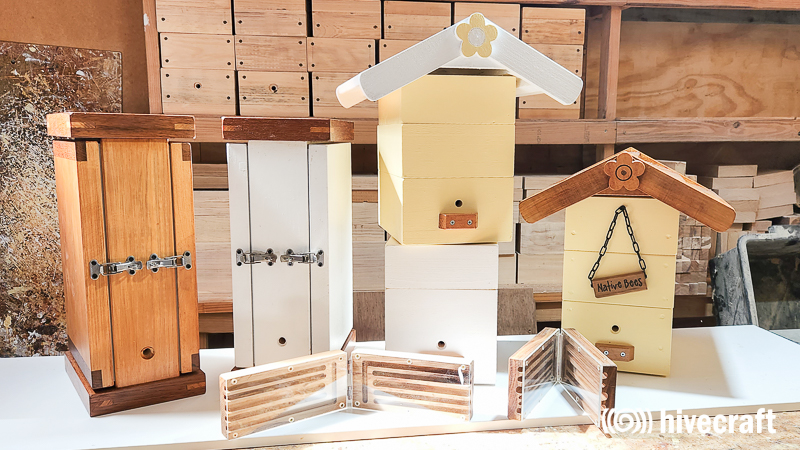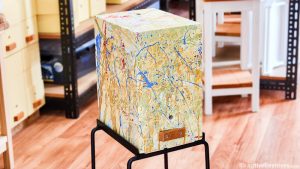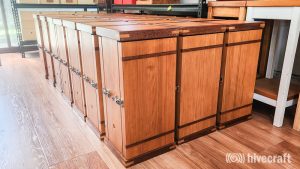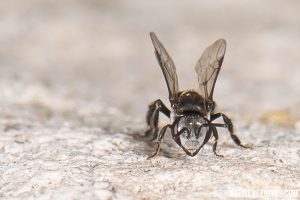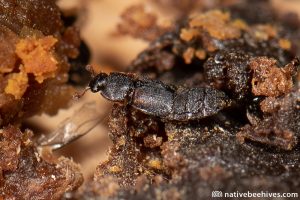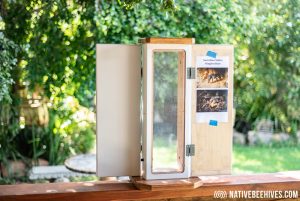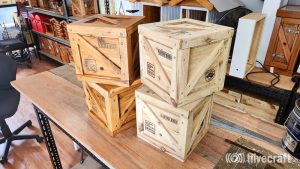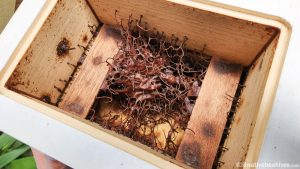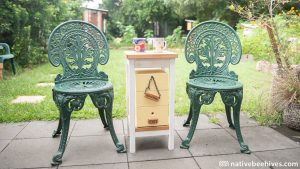It’s very unlikely you’ll need to feed your bees except in extreme conditions!
Most people will never need feeders for their bees as the majority of stingless bee owners live in suburbs with well established gardens and large resources for native bees. If you want to try it you may only need to feed the bees for a short period.
Do feeders actually work?
You will be able to see the bees using the feeders so something must be happening right?
The problem is, how do we actually measure the results? Just because they use them doesn’t mean they need them. You would have to isolate colonies and do a lot of testing. Feeders would be more useful or important for people that have struggling colonies and are trying everything they can do to help.
I have had a few feeders set up in the yard and the bees definitely have been using them, but i’m not able to tell if it makes a difference to colony strength. That would be a whole new project!
What to feed the bees?
The sixty four million dollar question! The usual ingredient would be some kind of sugar solution. It’s strongly advised not to use honey as this can spread disease. The most basic formula is just sugar diluted in water 1:1 and then there’s a lot of “special recipes” so you can experiment a little.
How often? In your backyard you can easily check it every day and top it up with liquid. On the farm this might be a challenge with 100 feeders to check. Thicker sponges, multiple layers and more liquid might extend the checks to a few days but if you’re really trying to boost the bees it might be worth checking more often. The sponges should be washed (clean water) just to wash out old liquid.
How long will the solution last? Normal sugar solution will probably go off or ferment within a week. It goes slimy and sour.
Will the bees find the feeder?
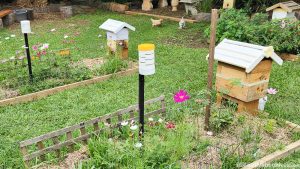
Even with the sugar solution in the feeder, It may take a few days for the bees to find it.
When i placed the feeders in my suburban yard it took one day for the bees to find them. The numbers of bees attending the feeders increased each day until it was common to see 50 to 100 bees in the feeder from early morning to just before dark.
It seemed the bees learnt to know what a feeder looked like and i could stand in the yard, in a new position, with an empty new feeder and they would quickly investigate, like they recognised it. Now if I place a new feeder anywhere in the yard the bees are using it within 10 minutes.
Bright colours?
It’s possible that a bright colour like yellow or blue could attract the bees or make the feeder stand out a little more. I tried white, yellow and blue lids on feeders in new positions and I didn’t notice any difference in popularity.
Feeder Designs
There’s a lot of different designs and I’m not sure who can be credited with which design. I think most designs have come from European Honey Bee farmers and would have been around for many years. If you search Google or Youtube you will find plenty of results. As you’ll see below, quite a few designs or aspects could be combined and have different variations added. I have replicated just a few for this article.
Bowl with sponge or sticks
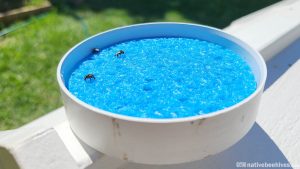
This is the easiest to make. There are feeder bowls with just the liquid and sticks in them so the bees can climb on the sticks or a sponge as pictured. One downside to this is that any critter can access it, including honey bees and once they find it they might use all the feed liquid quickly. In full sun these will dry out quickly.
This is a good design for a quick and easy result or testing if bees like your feeding recipe.
Bottle feeder
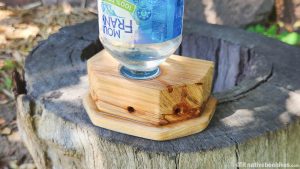
There’s lots of variations on this design. The lid has small holes drilled in it and once the bottle is up-side-down the bees can just lick or suck the liquid as it bubbles from the holes. The vacuum stops the liquid from flowing out. The block could be mounted to the side of a hive box, or also used as an entrance feeder – as long as it doesn’t leak and flood the entrance.
Pipe Feeder – Field Feeder – Yard Feeder – Farm Feeder
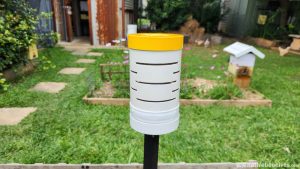
There’s a lot of variations on the PVC pipe design so you can experiment a lot here. This is made from PVC pipe with slots cut in the sides to allow small bees but hopefully no larger critters like large flies or honey bees. This could hold either a sponge in the base or a float. An advantage of this feeder is many different colonies can access it in the field. Mounted on a post or on top of the hive might be best. I had one sitting on the ground and it wasn’t long before the ants arrived.
Entrance Feeder
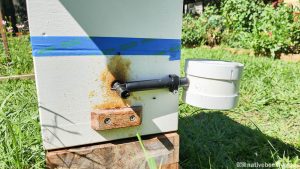
A small pipe that is attached to the entrance tube. Bees can access it via the entrance tube. Float or sponge design could be used. Entrance feeders might be good in certain situations as only that particular hive can access the liquid.
Most entrance pipe feeders I’ve seen are quite small, using small PVC tube or a small container. I think it would be better if it was larger to hold more feeder liquid. I made one using 90mm PVC pipe. I’ve gone with the sponge on this one to keep it simple.
The entrance feeder seems like a good solution for a dedicated resource for that particular colony. After using this for a while i found the bees would start to seal it up with resin so it should be cleaned regularly to stop that happening.
Internal or External Feeders?
You could probably adapt just about any design to fit inside the hive box or external box that is connected with a tube.
Inside the feeder…
Sponges
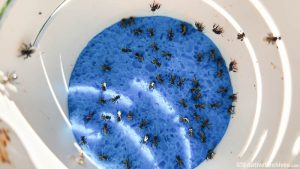
Are sponges safe for the bees? Sponges contain some kind of additive otherwise they’d dry out or get mouldy in the packaging, possibly soaps. Another well researched chemical is Triclosan (antimicrobial agent and pesticide). It’s hard to know what additives are in sponges. I would have thought brands that don’t have these chemicals would proudly advertise that they are pesticide free. I contacted Absco asking if they used Triclosan or pesticides in their cellulose sponges. Their reply “I have confirmed with our team and suppliers that our Super Soak Sponges do not contain Triclosan or any antibacterial agent or pesticides.” . It would be good to test the products as the policy here is “trust, but verify”. *Alternatives to sponges might be some natural materials like coconut husks, natural fibers.
The basic sponge inside a small yard feeder has been the most popular with the bees so far. The only downside is you have to add more sugar solution every day.
Floats
As the name suggests, the float sits on top of the sugar solution and the bees stand on the float and access the solution in the tiny gap around the edge between the float and the tube wall. It’s important the feeder container is straight and vertical and the float is the perfect size so it moves up and down freely. If the float has too much gap or gets stuck the bees could drown in the solution or not be able to access it. The benefits of floats over sponges is that you can store more solution in the feeder, so it would last longer.
Traditional Plastic Float
The most common floats used are made from plastic, usually cutting boards cut in to a round shape to fit inside a pipe feeder. I made one from a 5mm thick cutting board and it worked pretty well most of the time, though randomly it seemed it would fail in some way and more than the usual amount of bees would be found dead in the feeder.
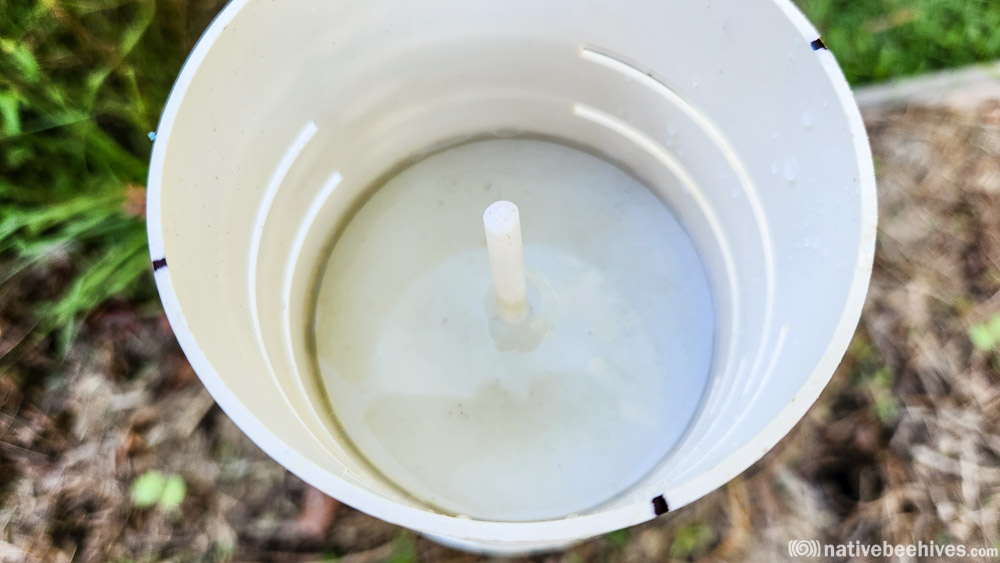
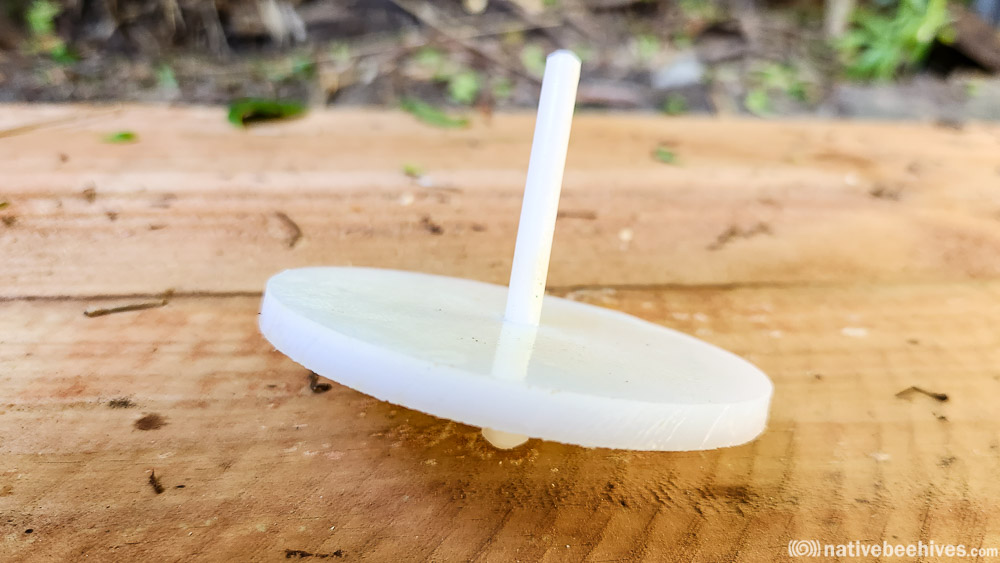
Float + Sponge
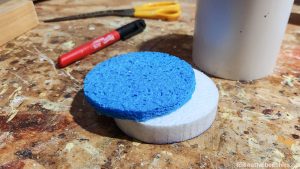
I haven’t seen this combination done before. I placed a sponge on top of a float. The sponge wicks the solution and provides more surface area for the bees to access it so the bees aren’t drawn to the edges of the float and tend to space themselves out evenly across the sponge. This allows more solution to be added in the pipe which should last a few days to a week depending on the size of the feeder container.
So far this has worked really well for me
Enclosed Bottle Farm Feeder
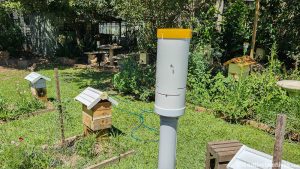
I haven’t seen this combination done before either. I added a bottle inside the field feeder. The solution is drawn out and keeps the sponge supplied. The bottle could provide a week worth of solution and doesn’t rely on a float system. The risk might be if the solution floods the feeder and drowns the bees. I think a good aspect of this design is the solution is kept sealed inside the bottle and not exposed like float solution.
This concept functions really well, but I have noticed less bees using it compared to the other designs. I have done quite a few tests with the only difference being the bottle, so I’m not sure if the bees are freaked out by the bottle inside!
Other Resources
This article is focused on sugar solution feeders. Bees also need protein and can benefit from other things like resins or propolis.
Propolis is the resin and wax material stingless bees use inside their hives. If you ever have a failed hive always collect and store the propolis for occasions like this. Bees are highly attracted to it so you can add it to the feeder, inside, on top or in any gaps and stingless bees will be attracted to it. They will take it back to the colony and use it as construction material. Propolis will also attract honey bees and other native bees like Resin Bees.
Protein is a bit more difficult and better if it comes from flowers. The Australian Native Bee Book has a fermented soy milk paste recipe by Giorgio Venturieri.
Position
I’ve tried both full sun and shade. I suspect in full sun the feeder was more obvious and possibly gave off a stronger smell which attracted more bees but the liquid dried out quicker. I placed some feeders in full shade to make the liquid last longer.
Ants
Most of the designs will be susceptible to ants as they’re attracted to the sugar solution. You could try rubbing Vaseline or some kind of greasy mixture on surfaces to stop ants climbing posts. Hopefully the colony can defend the entrance feeder.
Are feeders worth a try?
If you’re in suburbia with great gardens everywhere it’s unlikely you’ll need to feed your bees at all. If you’re colony is struggling or you have many colonies it might be worth a try, or if you just like experimenting :-).
For large scale farms trying to manage their crops as well as a large number of hives I don’t think feeders are practical as they need maintenance and I don’t see farmers being interested or have time for it. It might be better for farms to grow natural resources for all pollinators.
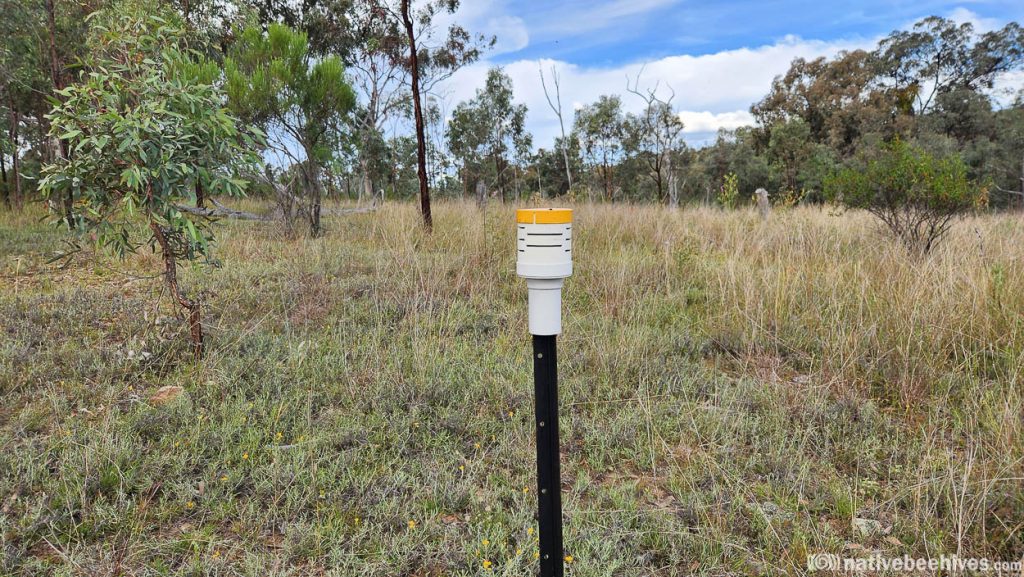
Related articles…
